Restoring the World's Forests
How reforestation can be one of the planet's most effective natural climate solutions for people and nature.
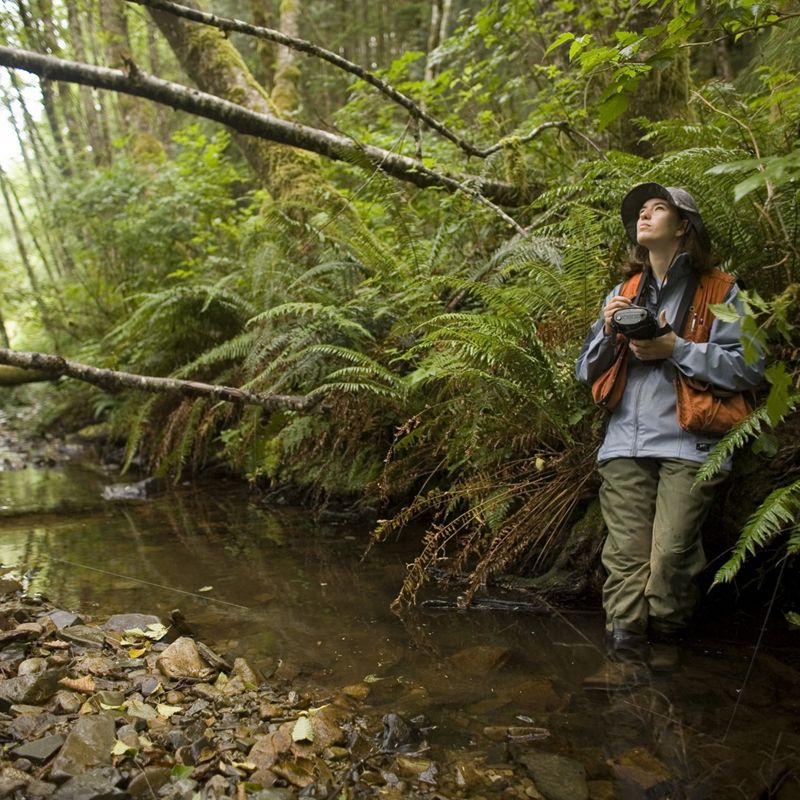
We use science to protect, better manage and restore forests to reduce greenhouse gas emissions, store carbon and benefit people and wildlife.
Forests are one of the most important ecosystems on Earth. They provide habitat to 80% of the world’s land-dwelling species. They help keep our water clean by naturally filtering out pollution. They provide sustenance, support jobs and offer refuge and recreation to billions of people around the planet. And they are one of our most critical natural pathways for absorbing and storing excess carbon to fight climate change. For millennia, trees have pulled carbon dioxide out of the atmosphere and turned it into their bark, wood and leaves through the oldest carbon-capture technology on Earth: photosynthesis.
Stay in the Loop.
Get conservation stories, news and local opportunities from where you live.
No results are shown. To see results, turn on the toggle switches in the legend.
North America
In Ohio, TNC is managing 14,000 acres of our Richard and Lucile Durrell Edge of Appalachia Preserve System for increased carbon sequestration.
North America
Along the edge of western North America, the Emerald Edge is one of the most diverse temperate forests on Earth.
Latin America
In Central America, we worked with a multi-sector coalition to protect some of the most biodiversity-rich forest in the world.
Asia Pacific
In China, we're engaged with the Yunnan Golden Monkey Protection Network, which aims to restore and reconnect the landscape for the endangered monkey and other species.
Latin America
In the Mantiqueira Mountains of Brazil, we're showing land owners how reforestation can be a lucrative business while also fighting climate change.
North America
We are restoring forests in Arizona and throughout the rest of the United States to be resilient to wildfires, climate change, and to enhance water quality.
North America
Safeguarding this vast stretch of forest tackles climate change on two fronts: storing millions of tons of carbon dioxide and connecting a migratory corridor for plants and animals.
North America
At 6 million acres, Adirondack Park is larger than Yellowstone, Yosemite, Grand Canyon and Olympic National Parks combined.
Africa
The Congo Basin—“the lungs of Africa”—is one of the largest carbon sinks on the planet. Here, TNC supports innovative forest protection and best practices for working forests, including selective logging that maintains harvests while also cutting carbon emissions by up to 50%. Forest managers apply these methods to keep more carbon in the forest and generate income from reduced emissions.
North America
Stretching across northern Canada from the Yukon to Newfoundland and Labrador, the country’s boreal forest is the largest intact forest remaining on Earth.
Asia Pacific
As the world’s third-largest island, Borneo is home to nearly 29 million hectares of tropical forests and contains immense biodiversity. Together with our main Indonesian partner, Yayasan Konservasi Alam Nusantara, TNC is working to acquire long-term management rights to inactive timber areas to protect forests and wildlife, sequester carbon and support new economic opportunities.
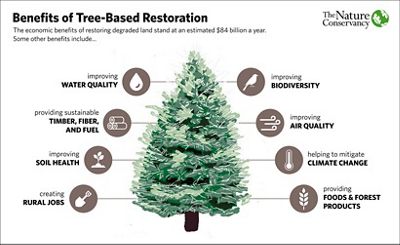
Natural climate solutions are actions to protect, better manage and restore nature to reduce greenhouse gas emissions and store carbon. Forests provide much of that carbon-storage opportunity. The latest estimates can be found at naturebase.org.
Research about natural climate solutions shows that by avoiding deforestation, restoring forest ecosystems and better managing existing forests, we can contribute significantly to our climate goals.
The Nature Conservancy works with governments, corporations, Indigenous Peoples and thousands of partners around the world to protect, sustainably manage and restore our life-giving forests.
It’s hard to overemphasize the importance of forests. Photosynthesis is the original carbon-capture technology. And, of course, forests also provide many other benefits for people and for nature.
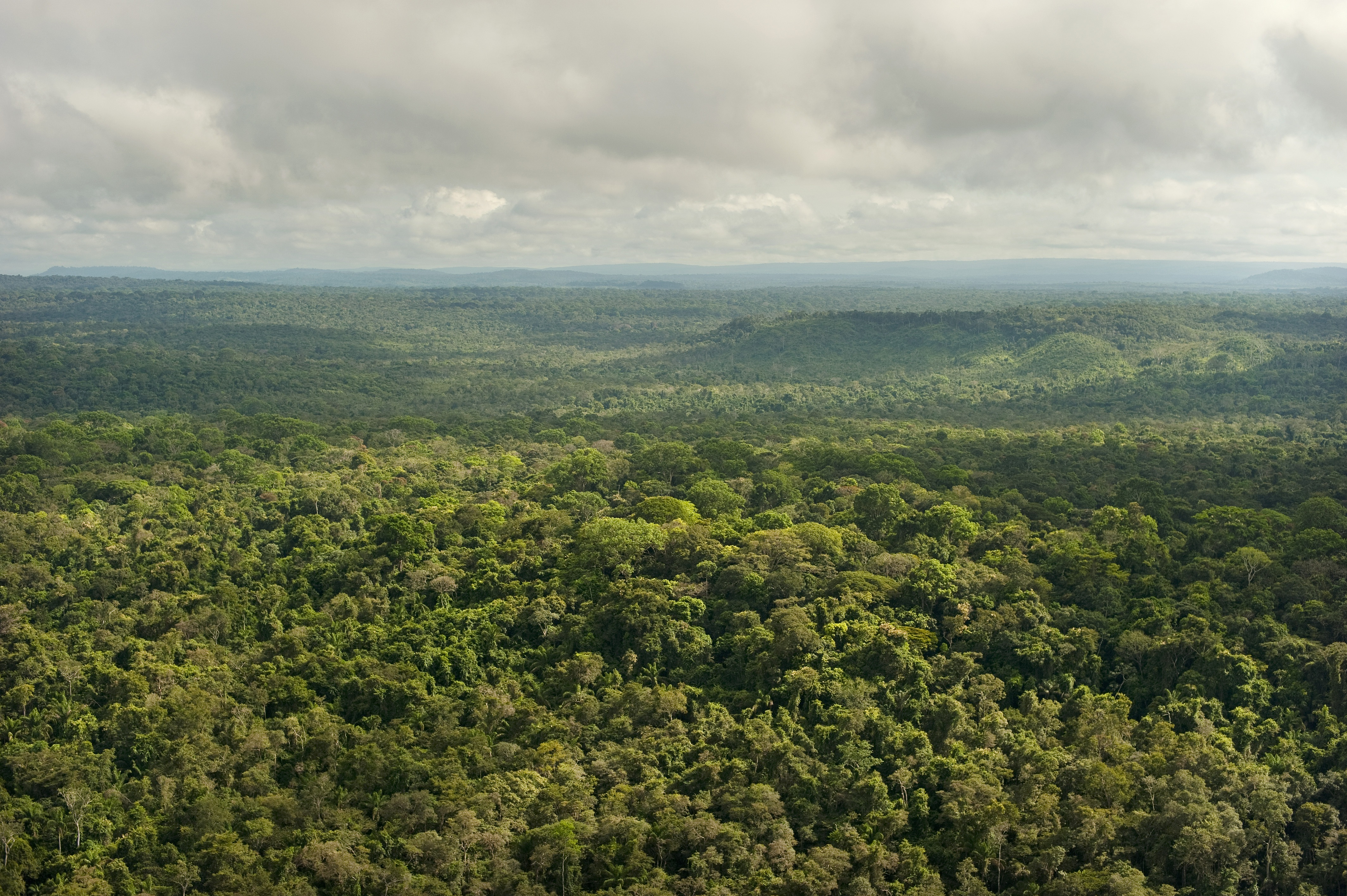
When we protect existing forests, we avoid and reduce deforestation that contributes to climate change and biodiversity loss.
Approximately 41 million trees are cut down every day—far faster than we are currently replanting them. The consequences of deforestation and other types of land degradation are severe, exacerbating climate change, biodiversity loss and declines in ecosystem services that hundreds of millions of people depend on.
In particular, the way we produce common commodities—like beef, soy and palm oil—leads to massive deforestation. This causes habitat and biodiversity loss and contributes about an eighth of global climate emissions, with enormous impacts on the many local and Indigenous communities who rely on these forests.
TNC’s decades of research, partnerships and on-the-ground projects have pointed us to a new path that gets to the root of the issue. By changing the underlying incentives and market models that promote agricultural expansion into existing forests, we can help producers transition to more sustainable practices at a large scale, ultimately eliminating deforestation from commodity production.
We engage directly with companies and industry groups on how and why to make smarter decisions in their sourcing, constructively challenging them to improve their monitoring, traceability and transparency to become fully deforestation-free. Learn more about how we work with companies.
We work to inform public policy in both key consumer countries like China and the UK, and in important producer and export countries in South America to change the structures that currently favor agricultural expansion over forest protection. Learn more about our global work.
We have partnered with the UN Environment Programme and the Tropical Forest Alliance on an initiative called IFACC—Innovative Finance for the Amazon, Cerrado and Chaco—that helps financial institutions and companies structure and deploy over US$4 billion in commercial capital commitments for conversion-free beef and soy production. Learn more about our impact investing work.
To meet the world's growing demand for food without fueling an increase in associated emissions and biodiversity loss, we need to decouple commodity production from habitat loss in our forests, grasslands and other ecosystems that risk being cleared to make way for farming. Learn more about our zero conversion commodities goals.
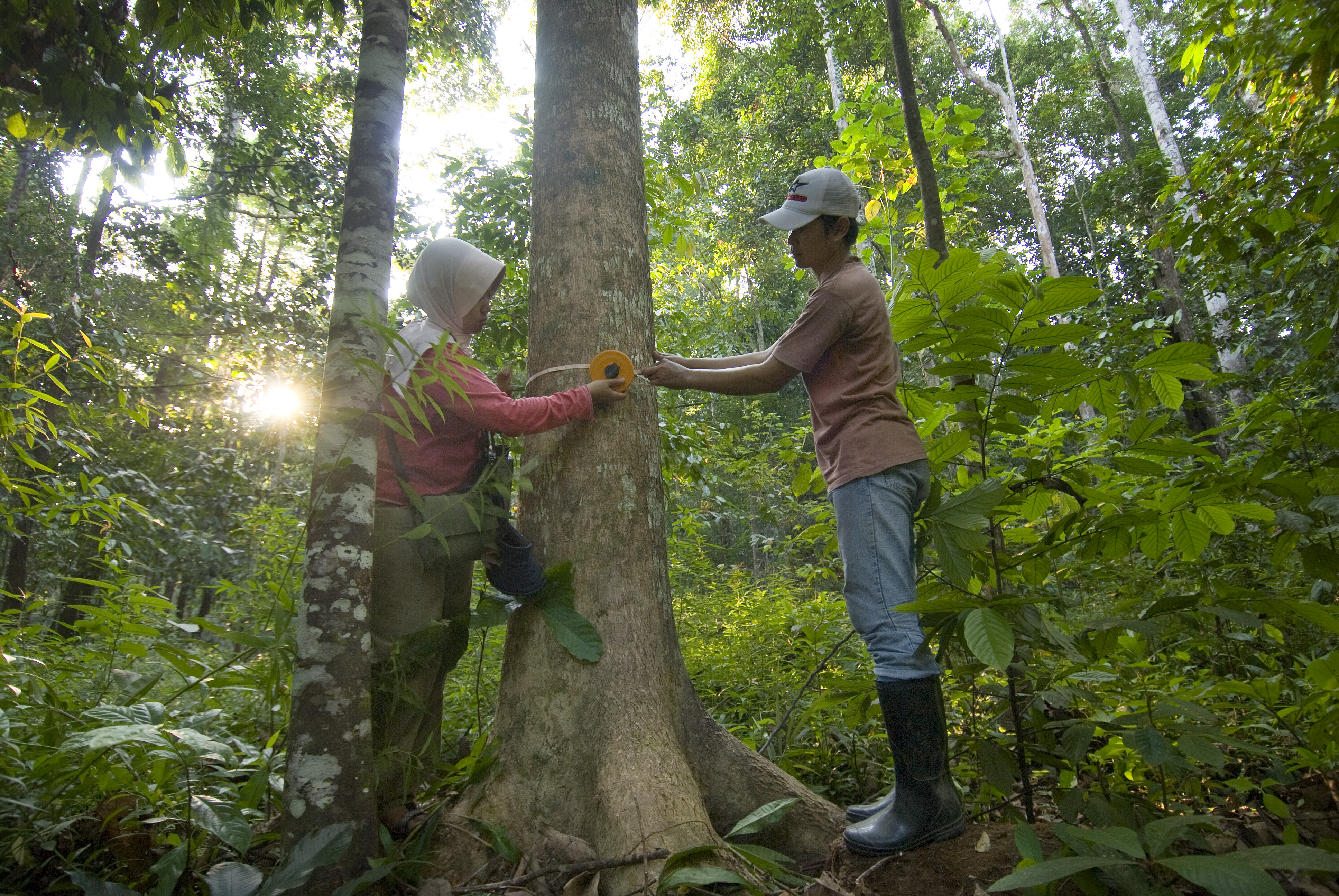
When we protect existing forests, we avoid and reduce deforestation that contributes to climate change and biodiversity loss.
TNC supports forest protection, restoration, and sustainable forest management practices, based on sound science and traditional knowledge. Many of the world’s natural forests provide wood and fiber products—like lumber, furniture and paper—critical to people’s lives and livelihoods. While some logging practices harm forests and the people that depend on them, improved and sustainable forest management makes it possible for nature, communities and economies to thrive.
Biomass is organic material that comes from plants and animals. It can come from waste or by-products (e.g. municipal waste, agricultural residue, sawdust, small-diameter timber cut to reduce wildfire risk) or dedicated sources (energy crops, timber). Biomass (directly or when processed into wood pellets) can be combusted to make electricity or turned into biofuels (e.g. ethanol, biodiesel, aviation fuel).
In many places protection is our primary strategy. But pushing for an end to all logging is impractical, unnecessary and ultimately ineffective. Improved and sustainable management practices allow forests to stay forests, while storing more carbon and maintaining wood and fiber production over the long term.
Wood can also be used for energy. Producing energy from woody biomass poses some risks. Demand for wood pellets, one form of wood used for energy production, can lead to degradation and loss of valuable healthy forests. In addition, the facilities that produce wood pellets can also impact air quality and cause harm to communities.
We do not support timber harvest or bioenergy production that leads to environmental degradation, injustice, or otherwise harms communities. We believe the carbon impacts of forest products and bioenergy should be accurately calculated. We are against treating all bioenergy as carbon neutral or all forest products as climate solutions.
Improved forest management refers to caring for a forest in a way that improves climate change resilience and reduces or removes carbon dioxide emissions. Here are some examples:
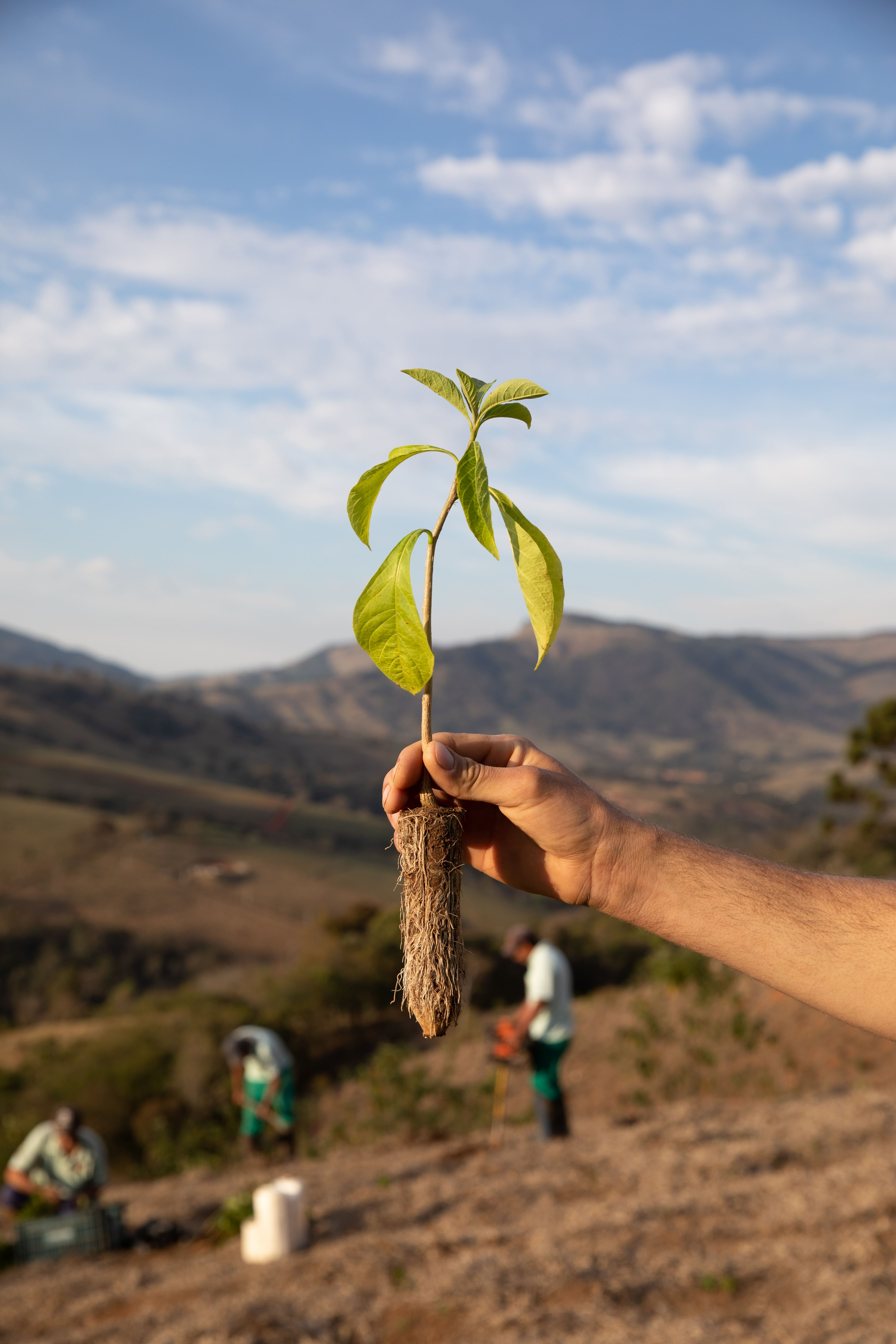
Planting and regrowing trees is a tried-and-true way to fight climate change.
Around the world, forests have been lost for all kinds of reasons. Across the U.S., once forested lands were converted into cities, mines or farmlands. In the Amazon, critical rainforests are cut down to make room to produce commodities like beef and soy. In Indonesia, extensive logging has destroyed the forests that give shelter to at-risk species like orangutans. Some of these places are now degraded, unproductive or frequently flooded.
In cases like these, reforestation can restore balance to the ecosystem; support economic opportunities for local communities; and help tackle the combined challenges of climate change and biodiversity loss.
Reforestation means restoring trees to the places where they historically existed and where they can grow into healthy forests. This can be done by letting young trees grow back naturally or by planting new seeds or seedlings. When reforestation is done in partnership with local communities, it has tremendous benefits for both people and nature.
Planting a tree, or simply letting seedlings grow in our own backyards, represents something we can do now to reignite our hope for a better future.
The science of reforestation is evolving as new research is published.
Read a summary of the latest researchBut there is more to reforestation than planting millions of trees. We must grow the right trees in the right places in the right ways and ensure those trees survive in the long-term.
For example, research led by The Nature Conservancy has shown that in the United States, planting trees on frequently flooded lands, open urban spaces, degraded pastures and other formerly forested, under-utilized areas has the potential to capture up to 535 million metric tonnes of carbon dioxide each year. The Reforestation Hub, a free, online tool developed by TNC and American Forests, is a starting point for understanding this opportunity. Tools like this will help ensure reforestation is as effective as possible.
Tree planting is a promising natural solution to climate change and comes with enormous benefits beyond climate mitigation, such as biodiversity, habitat connectivity, improved community livelihoods, and improved freshwater and air quality. TNC and partners advance important science to help ensure efforts to restore forests are effective and equitable.
An ambitious, nationwide program of urban tree-planting could reduce health imbalances between neighborhoods and help communities adapt to a changing climate. See how trees can reduce heat-related health risks in cities.
A partnership of researchers is racing to save North America's iconic trees imperiled by invasive pests and pathogens. See how they're working to breed pest-resistant American beech, elm, Eastern hemlock, and three ash species.
Provides a global analysis of where restoration of tree cover is most effective at cooling the global climate system—considering not just the cooling from carbon storage but also the warming from decreased albedo. See how albedo impacts tree planting.
Planting forests with diverse species can help ensure their success. Learn why diversity matters in forests.
Letting forests regrow naturally has the potential to absorb up to 8.9 billion metric tons of carbon dioxide from the atmosphere each year through 2050, while still maintaining native grasslands and current levels of food production. Learn how forest regrowth can contribute to climate goals.
You play an important role in improving the health of forests, in your own neighborhood and across the globe. Here's how you can help.

Donate to help us plant and care for trees in critical forests around the world in Brazil, China, Colombia, Kenya, Tanzania, Mexico and the United States. Plant your tree now.
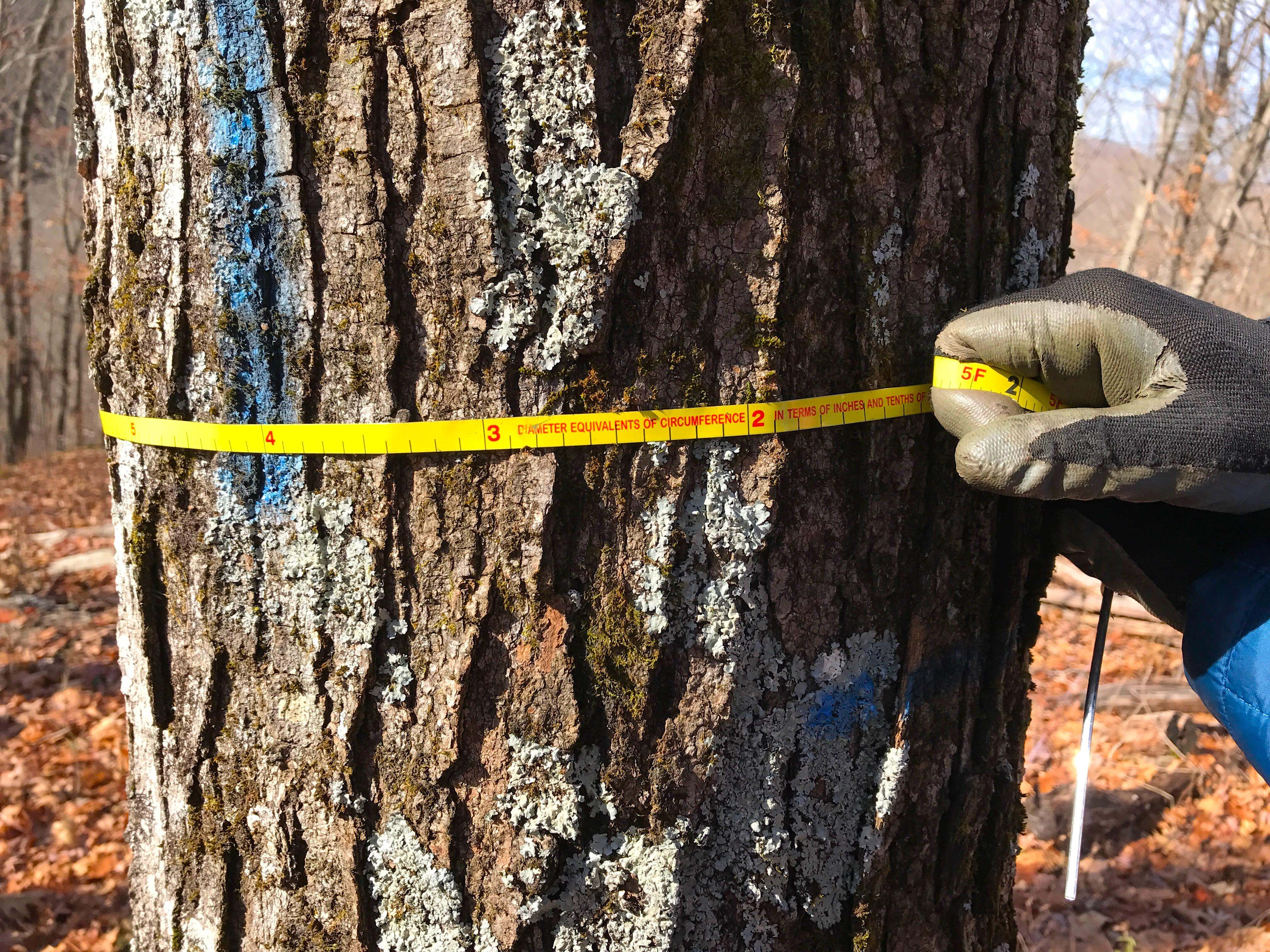
Owners of small forests in the U.S. can leverage the carbon-storing power of their trees in the fight against climate change and earn revenue by enrolling in this program. Learn how to get your family forest involved.
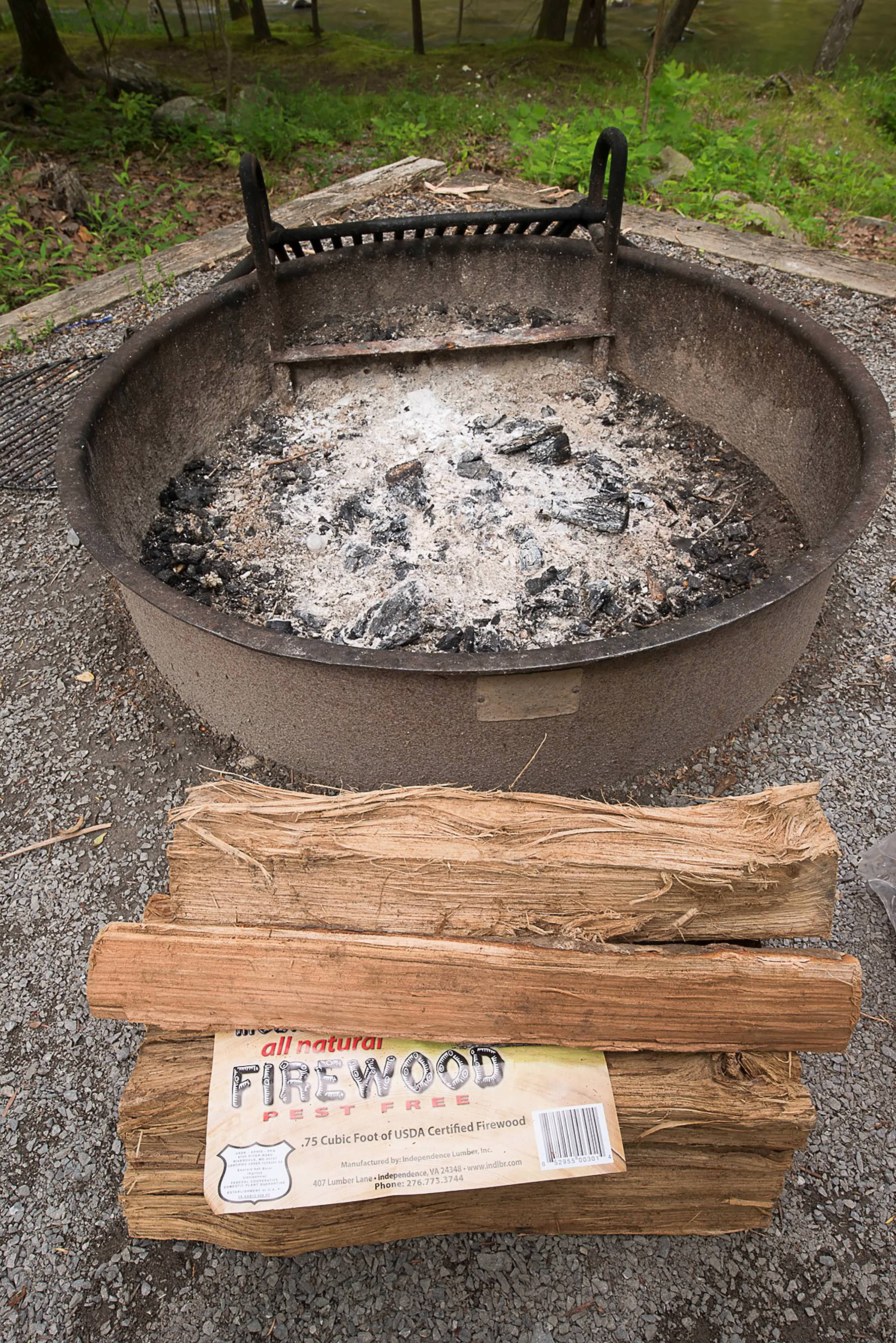
Moving firewood across long distances can potentially transport invasive species that cause damage to forests. You can make a difference by using local or heat-treated firewood whenever you need wood for your campsite, cabin or home heating. Learn how you can stop the spread of forest pests and pathogens.
Get news and updates about our conservation work every month.

From the depths of soil to canopy heights, when forests are healthy, so are we. See how, with your help, we're conserving and restoring forests around the world.